A Brief History of Han Dynasty Clothing
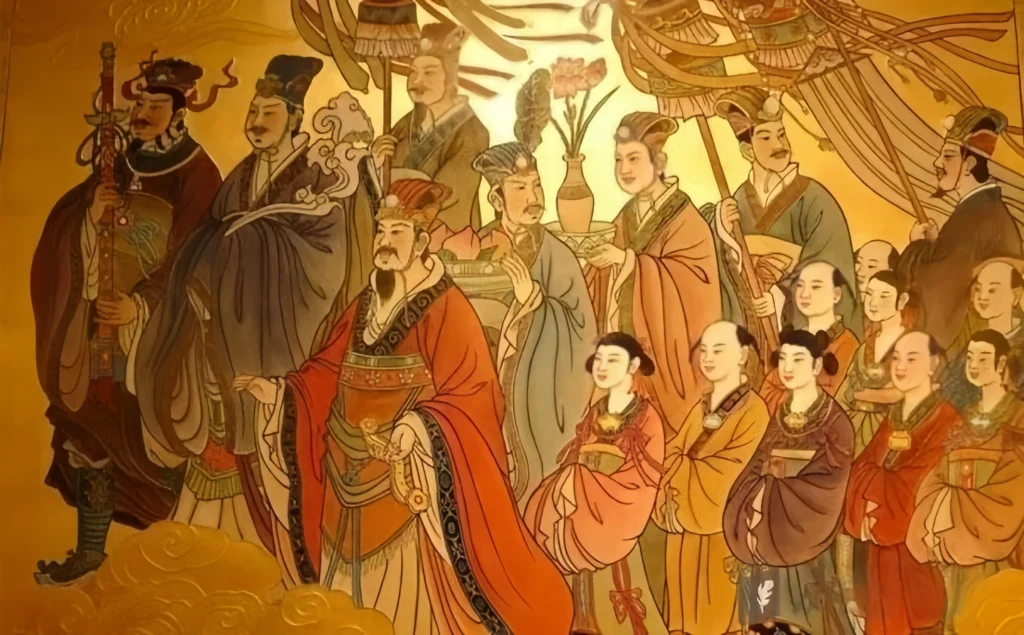
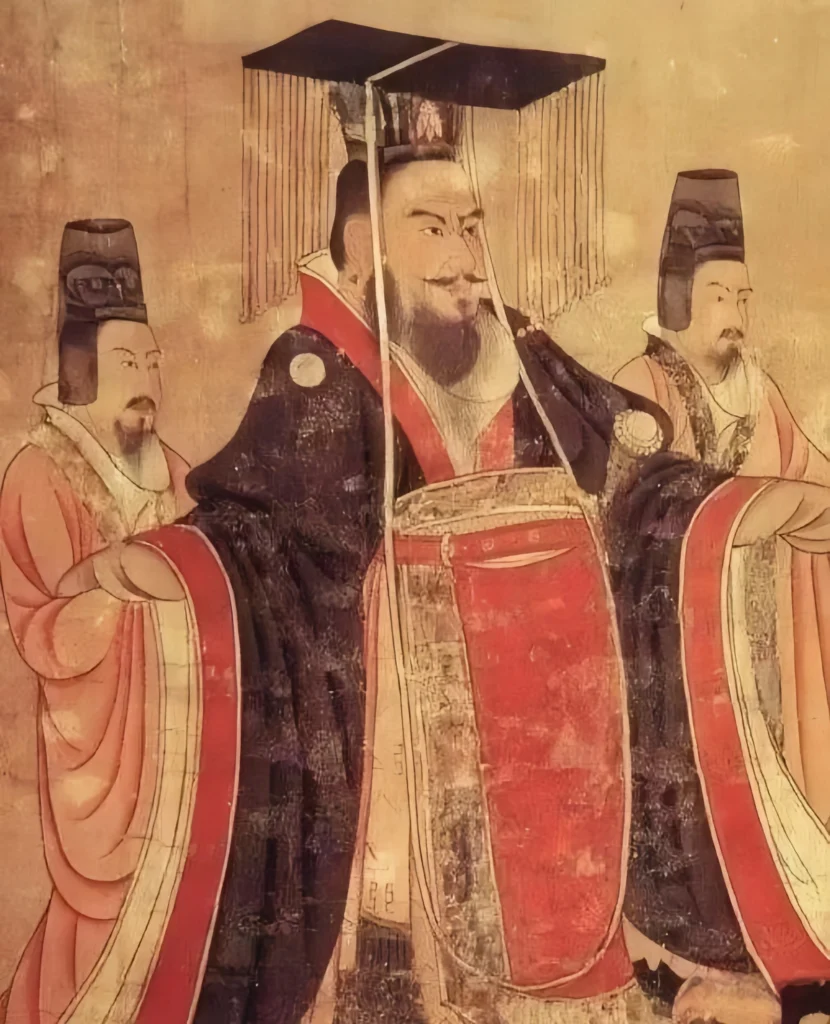
Introduction: The Legacy of Han Dynasty Clothing
Han Dynasty clothing, famously known as Hanfu, is a cornerstone of traditional Chinese clothing that reflects over 400 years of history (202 BCE–220 CE). From the rise of Liu Bang in the Western Han to the cultural peaks of the Eastern Han, Han Dynasty fashion shaped Chinese identity. Today, Hanfu inspires modern fashion and captivates enthusiasts worldwide. In this blog, we’ll uncover four stunning secrets of Han Dynasty clothing, diving into its colors, styles, materials, and cultural significance.
Han Dynasty clothing, the foundation of Hanfu, shaped Chinese identity with its elegant designs. Want to trace its origins? Dive into the history!
The Western Han saw periods of prosperity, from the “Rule of Wen and Jing” to Emperor Wu’s opening of the Silk Road, reaching its peak during Emperor Xuan’s “Rule of Filial Prosperity,” which incorporated the Western Regions into the empire. In 8 CE, Wang Mang overthrew the last Western Han emperor, founding the Xin Dynasty and ending the Western Han.
In 25 CE, Liu Xiu, a Han royal descendant, restored the Han Dynasty, unified the realm, and established the capital in Luoyang, marking the start of the Eastern Han. The Eastern Han continued policies like light taxation, achieving the “Rule of Ming and Zhang” and the peak of the “Prosperity of Yongyuan” by defeating the Northern Xiongnu and reclaiming the Western Regions. However, suppressing the Yellow Turban Rebellion led to local warlords gaining power, and in 220 CE, Cao Pi usurped the throne, ending the Eastern Han and ushering in the Three Kingdoms period.
From the Han Dynasty onward, the Huaxia people gradually became known as the Han Chinese.
Han Dynasty politics emphasized agriculture over commerce. By law, farmers could only wear plain hemp clothing, with no bright colors allowed. Dong Zhongshu’s Chunqiu Fanlu noted, “Commoners dare not wear mixed colors.” By the late Western Han, green and cyan were permitted, but clothing styles remained simpler for farmers compared to scholars or merchants, with narrow garments common across regions.
The basic features of Han clothing included cross-collars, right-over-left fastening, tied sashes, and wide sleeves, supplemented by rounded or straight collars.
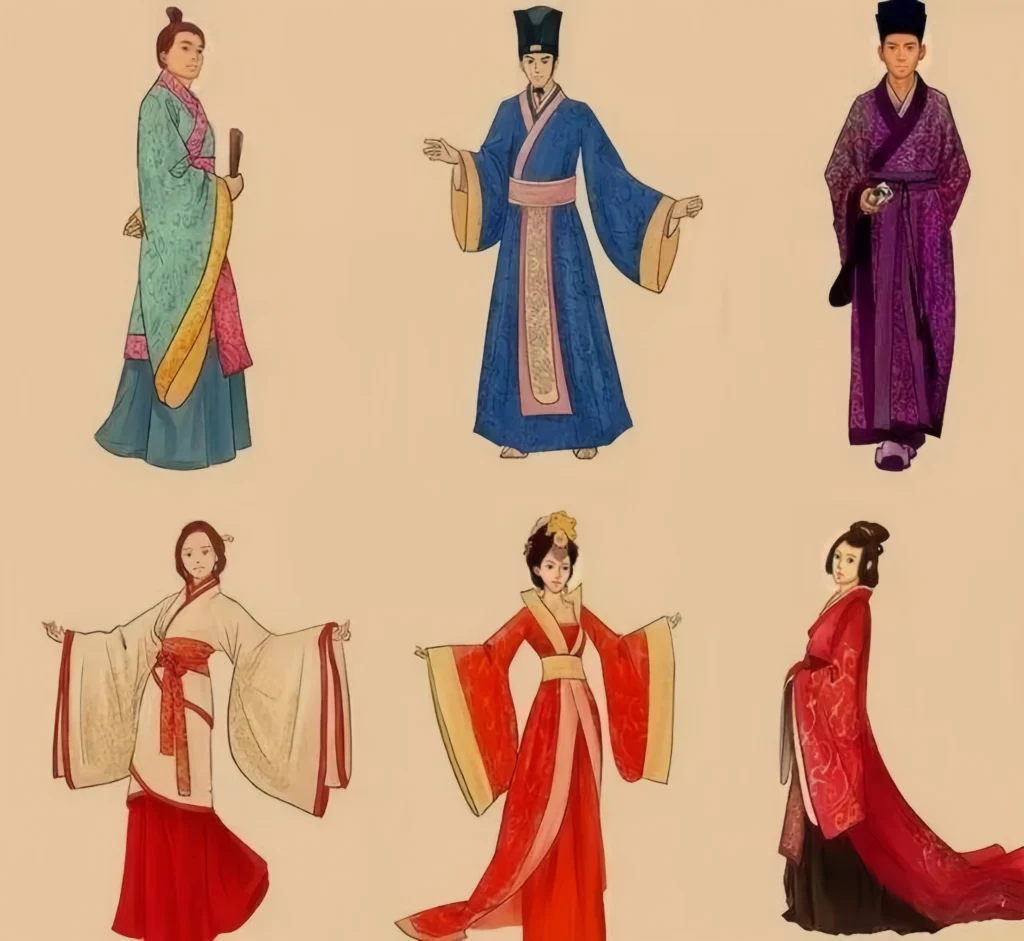
By the mid-Western Han, the court standardized court attire based on Confucian principles. Court clothing colors began to change with the seasons: green for spring, red for summer, yellow for autumn, and black for winter. Later, to simplify, black became the standard color for court appearances.
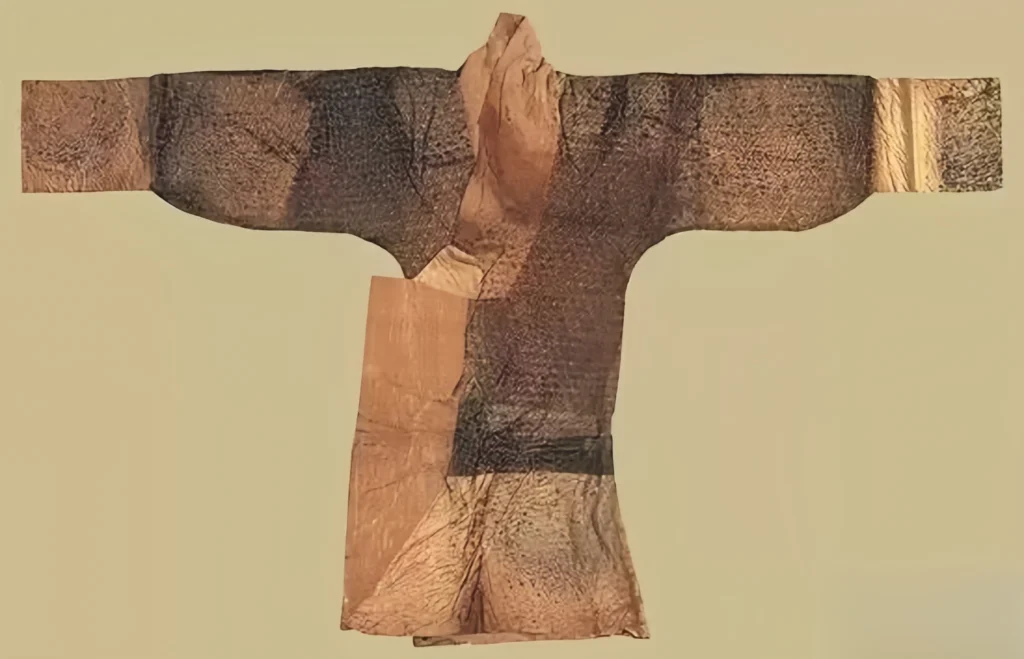
Court attire often featured “deep robes with large sleeves,” reportedly designed to resemble the dewlap of an ox, symbolizing virtue. These long robes were typically worn over a single-layer inner garment and paired with wide-crotched trousers.
China’s most comprehensive official clothing system began in the Han Dynasty.

01. Han Dynasty Clothing: Common Colors

Popular Colors: Black, Red, White, Green
Han clothing boasted a rich palette, including red, yellow, black, cyan, blue, white, brown, green, and purple, with variations in shade for each. For example, red included vermilion, ochre red, earthy red, and orange-red.
Western Han: Clothing favored yellow and black, with red as an accent.
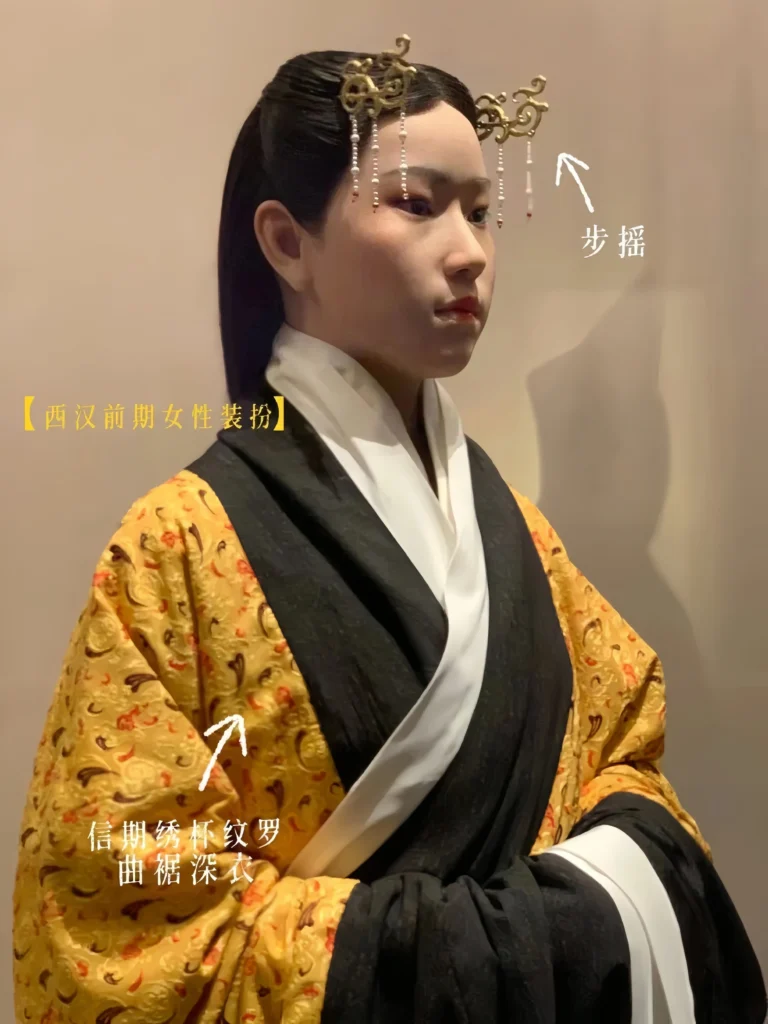
Xin Dynasty to Eastern Han: Red became more prominent, with a shift toward vibrant, diverse colors, emphasizing decorative effects.
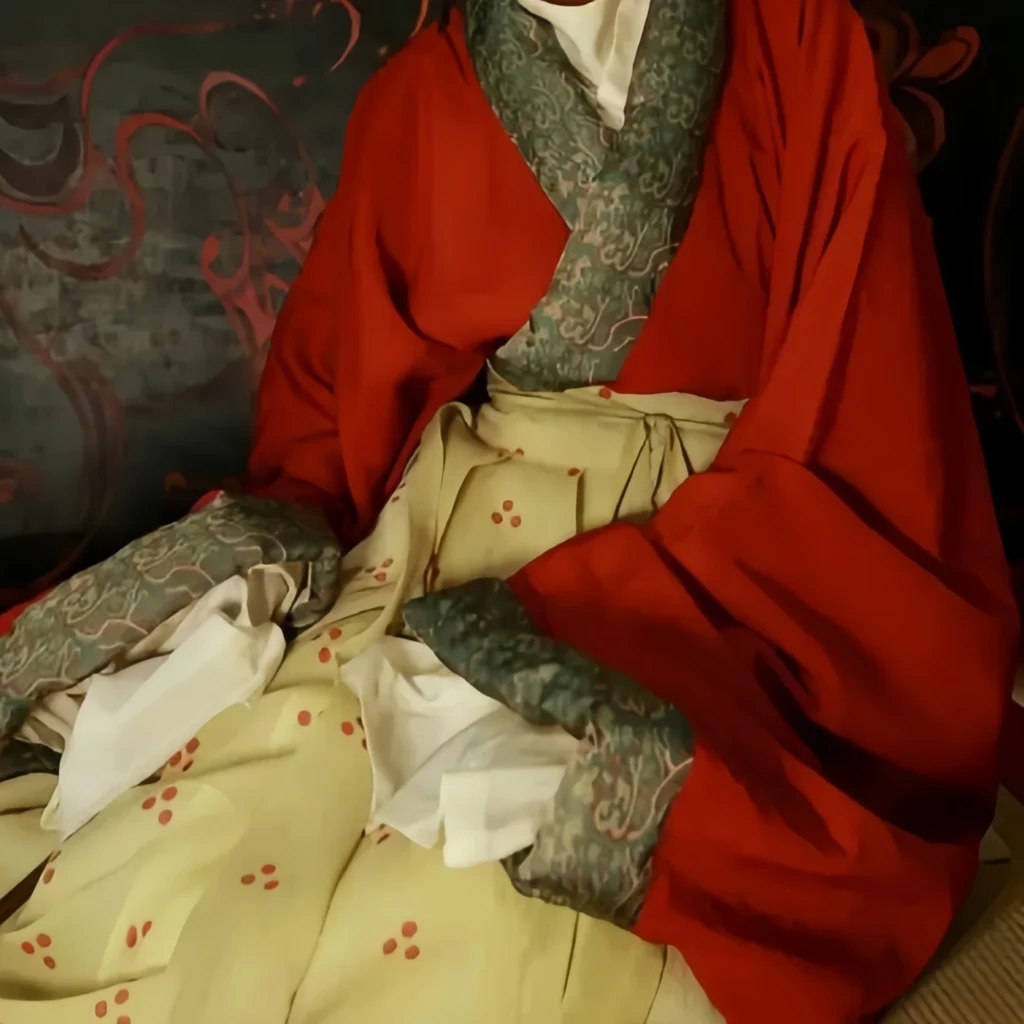
02. Han Dynasty Clothing: Patterns and Motifs
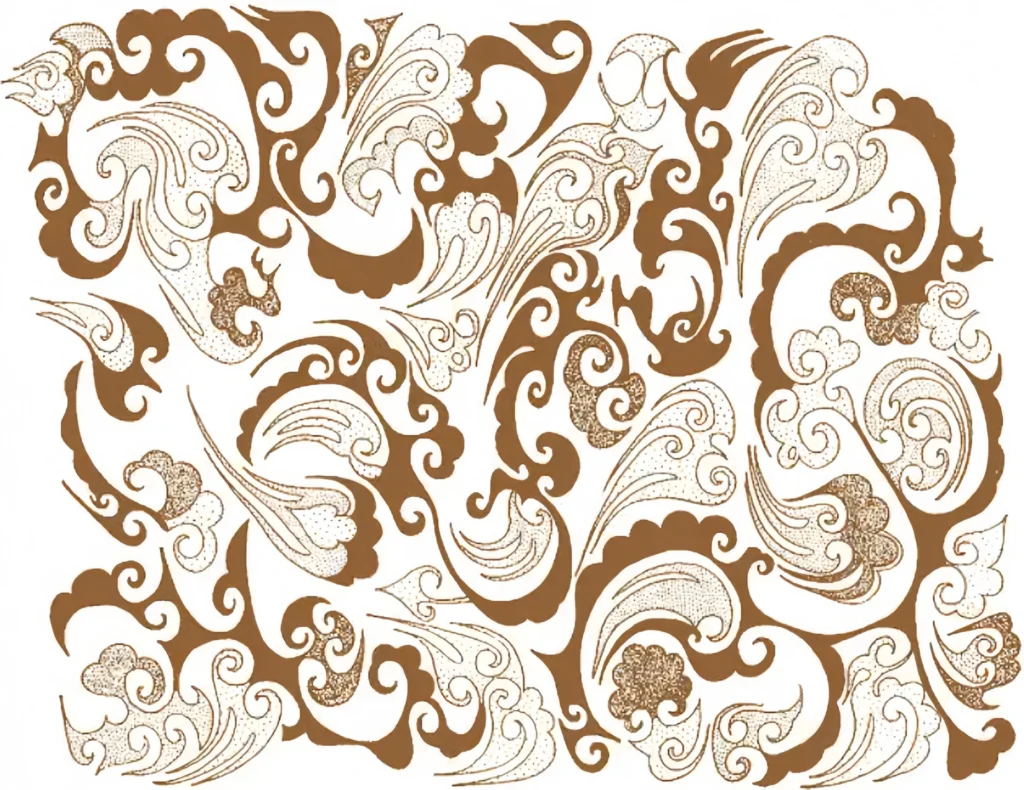
Han clothing featured diverse decorative patterns, including animal motifs, plant motifs, geometric designs, and Han-style inscriptions.
Animal Motifs: Included beast patterns, bird patterns (e.g., phoenix), and feather patterns.
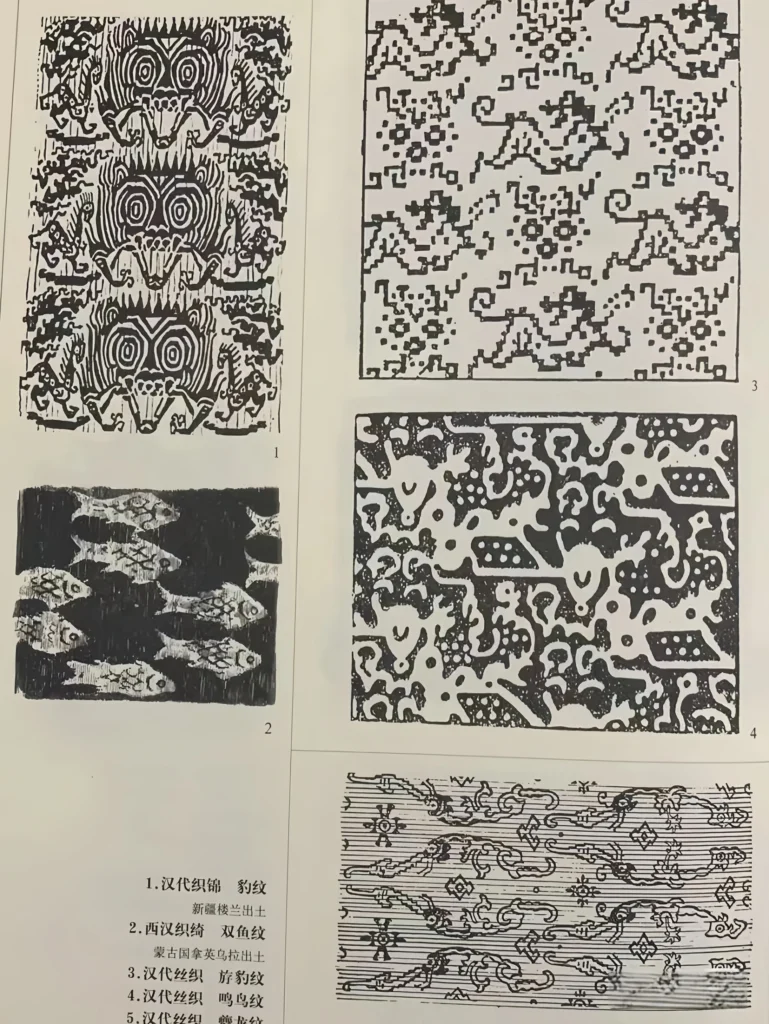
Plant Motifs: Featured leaf patterns, plum blossoms, cornel patterns, and scrolling grass patterns.

Geometric Patterns: Included spirals, dots, bands, curves, water ripples, diamonds, triangles, scrolling clouds, and grain patterns.

Han Inscriptions: Common phrases like “Ascend high and gaze over the four seas,” “Long life and prosperity,” “Everlasting joy,” “Bright light,” and “Longevity and blessings for descendants.”
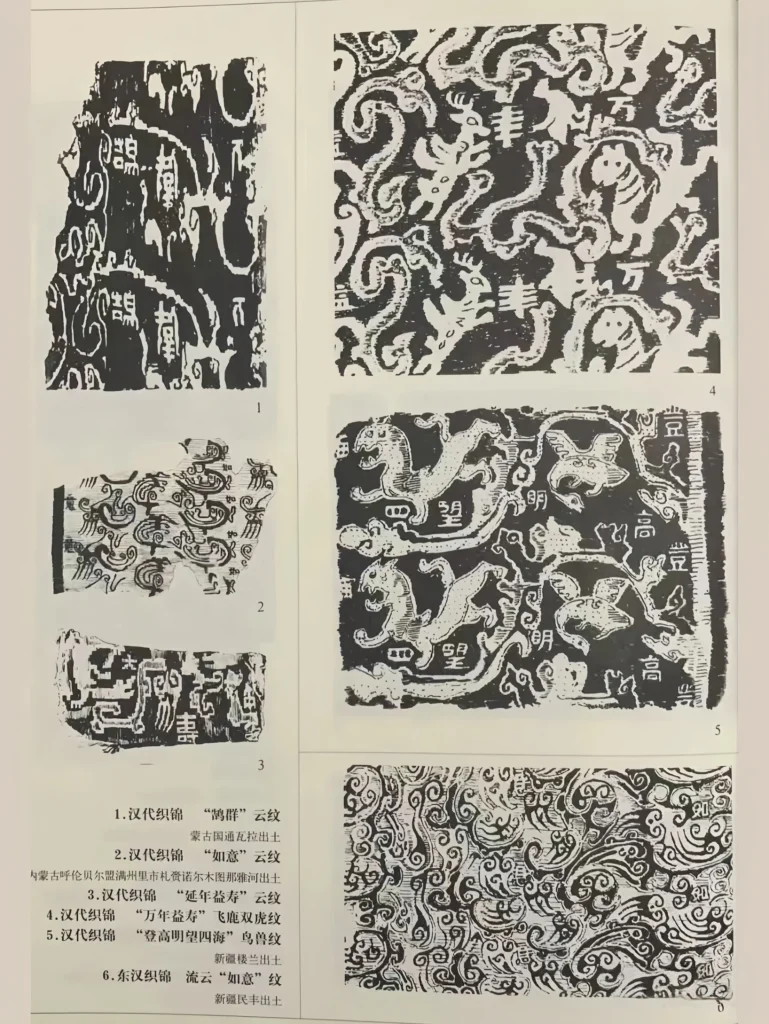
03. Han Dynasty Clothing: Styles
Han clothing had about nine basic styles, with hundreds of variations based on collar types, sleeve shapes, waist ties, and cutting methods.
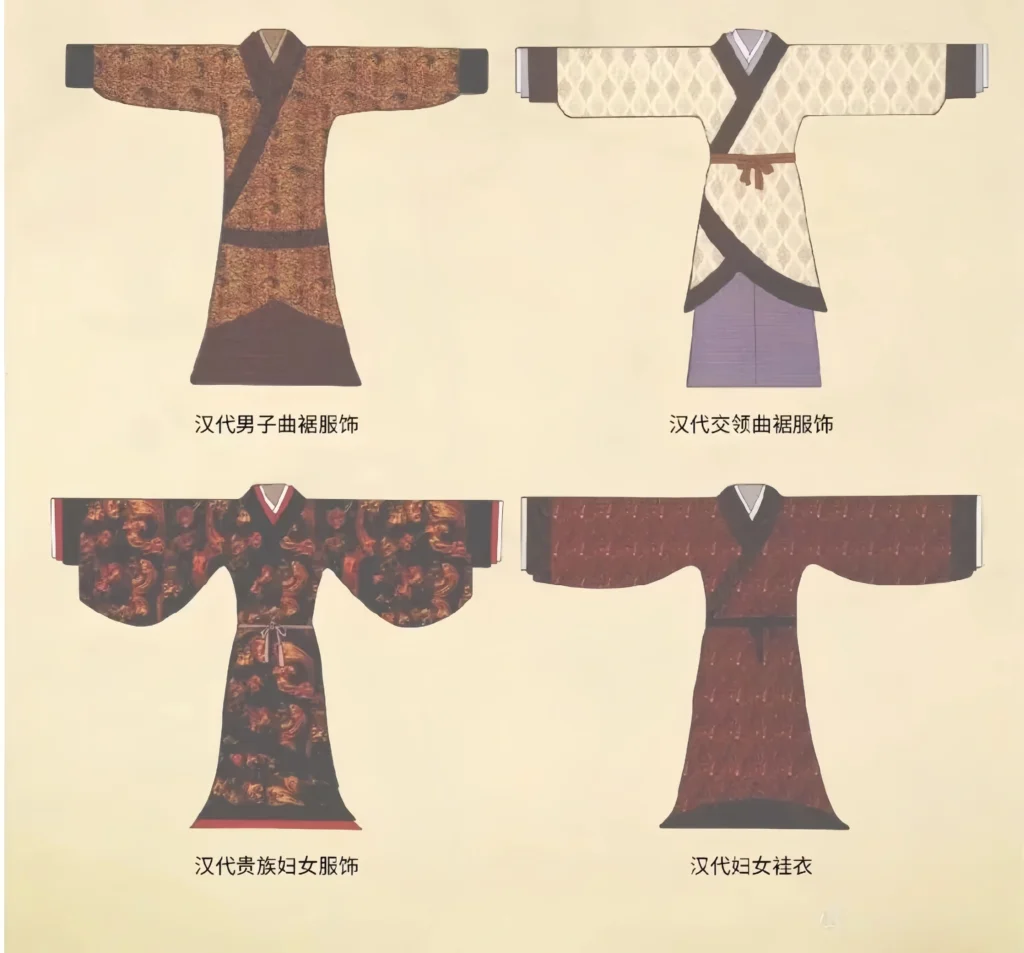
From a structural perspective, the main types included:
Upper Garment and Lower Skirt: The most formal attire for emperors and officials. Represented by the ceremonial mianfu (imperial regalia).
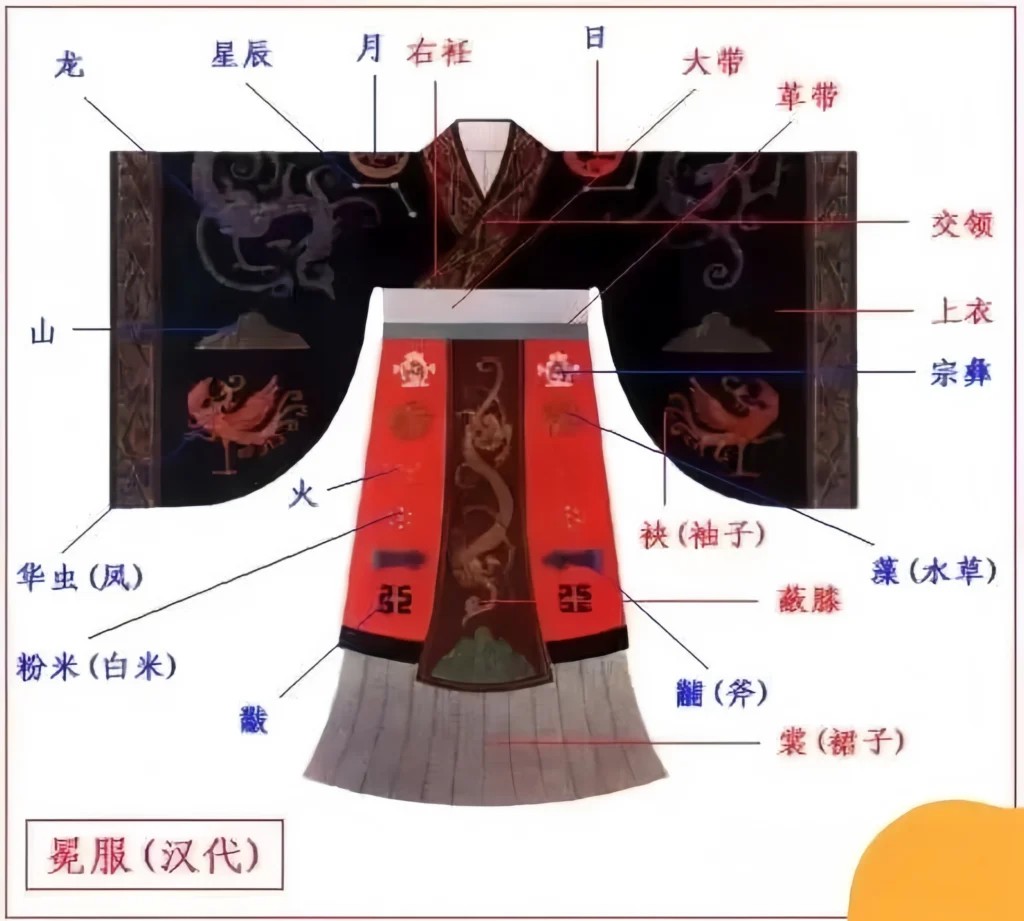
Deep Robe (Shenyi): A robe sewing the upper garment and lower skirt together, commonly worn by officials and scholars. The curved-hem quju shenyi was exclusive to women.
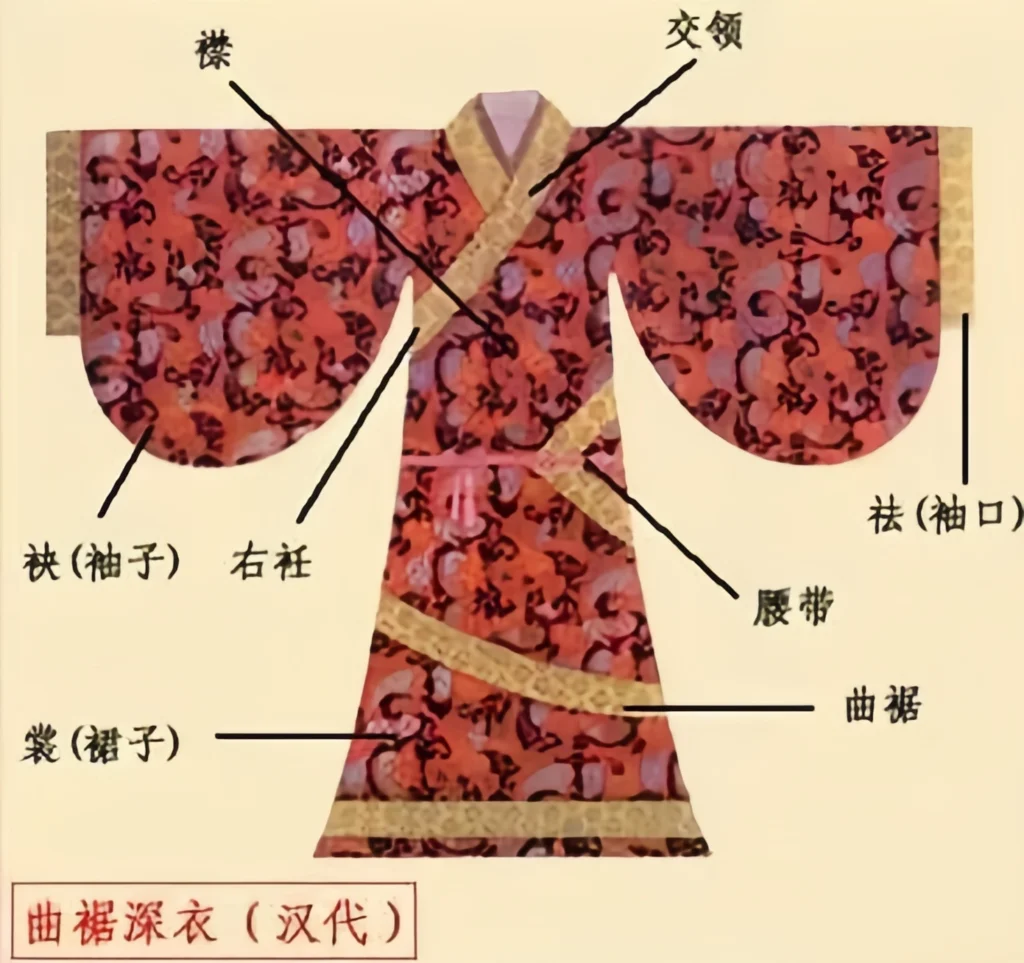
Ruqun (Short Jacket and Skirt): A favorite among women, with a short jacket (ru) and skirt (qun).
Common laborers typically wore short jackets with long trousers. A popular women’s style.
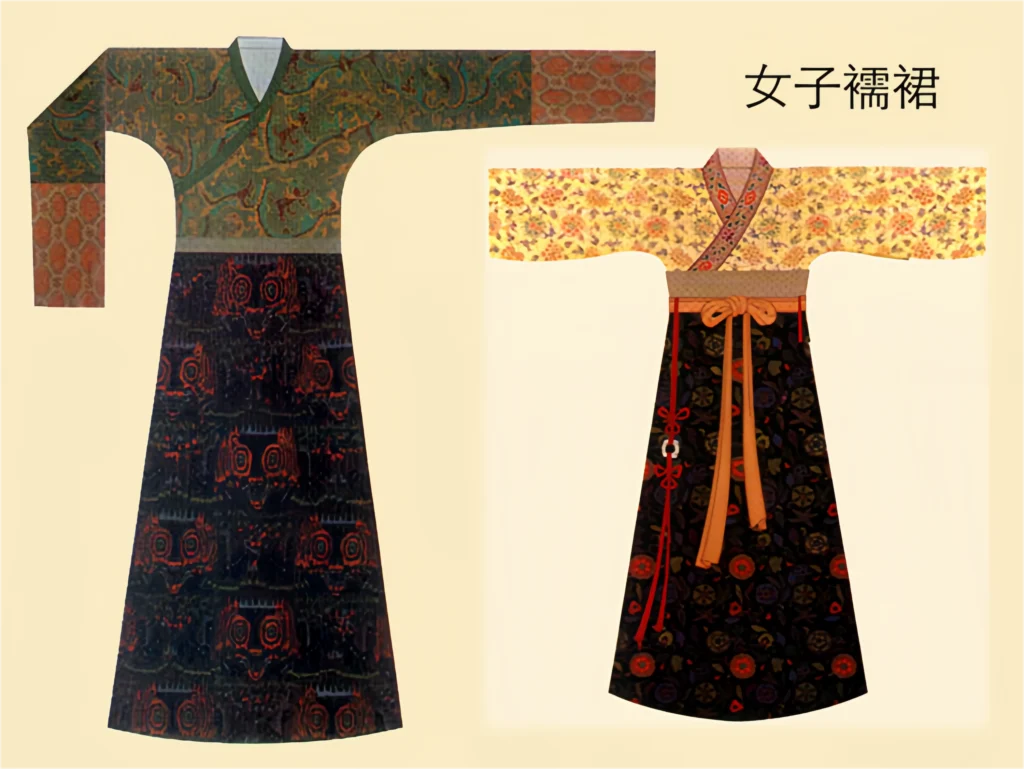
04. Han Dynasty Clothing: Materials
Han clothing materials primarily included silk, hemp, ramie, and animal furs.For more on Han silk techniques, visit the China National Silk Museum. Silk’s prominence in Hanfu wasn’t just about beauty—it was a symbol of wealth and innovation.
Silk materials were categorized as:
- Brocade and embroidery
- Gauze (luo) and fine silk (qi)
- Sheer silk (sha) and crinkled silk (hu)
- Plain silk (juan)
- Fine silk (jian), glossy silk (wan), and smooth silk (su)
- Thick silk (ti)

A remarkable example is a plain silk single-layer garment from the Mawangdui Tomb in Changsha, Hunan, weighing only 49 grams, showcasing the precision of Han silk weaving.
05. Han Dynasty Clothing: Accessories
Han Headwear
Before the Han, crowns were worn directly on hair buns, as ancient Chinese did not cut their hair but tied it into a bun. In the Han, hair was first wrapped with a cloth (jin) before adding a crown.
Crowns were a key marker of rank, with over 16 types, including:
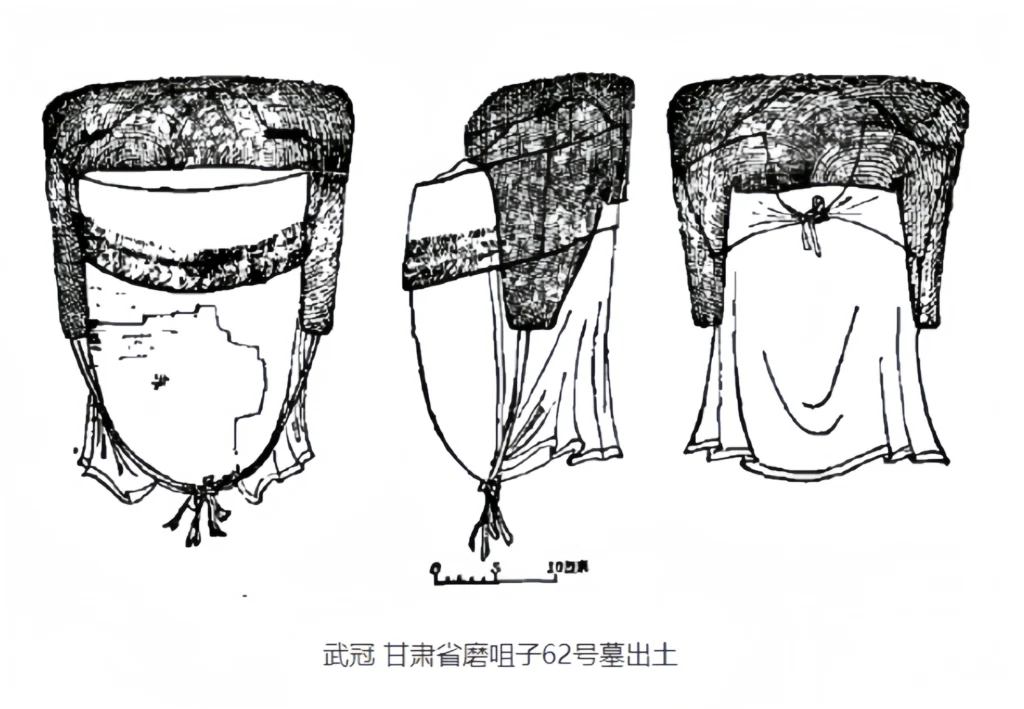
- Mian guan (ceremonial crown), chang guan (long crown), weimao guan (veiled crown), and jue bian for emperors, marquises, and high officials during rituals.
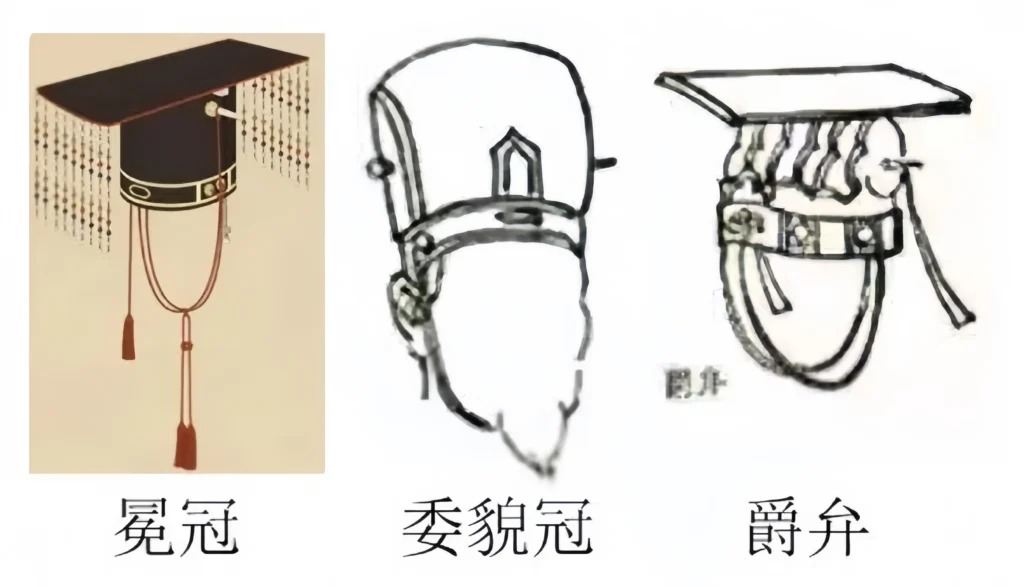
- Tongtian guan (sky-reaching crown), yuanyou guan (distant journey crown), and gaoshan guan (high mountain crown) for court officials.

- Jinxian guan (scholar’s crown) for Confucian scholars; fangshan guan and shushi guan for dancers and performers.
- Xiezhi guan (unicorn crown) for law enforcers, inspired by the mythical single-horned xiezhi.
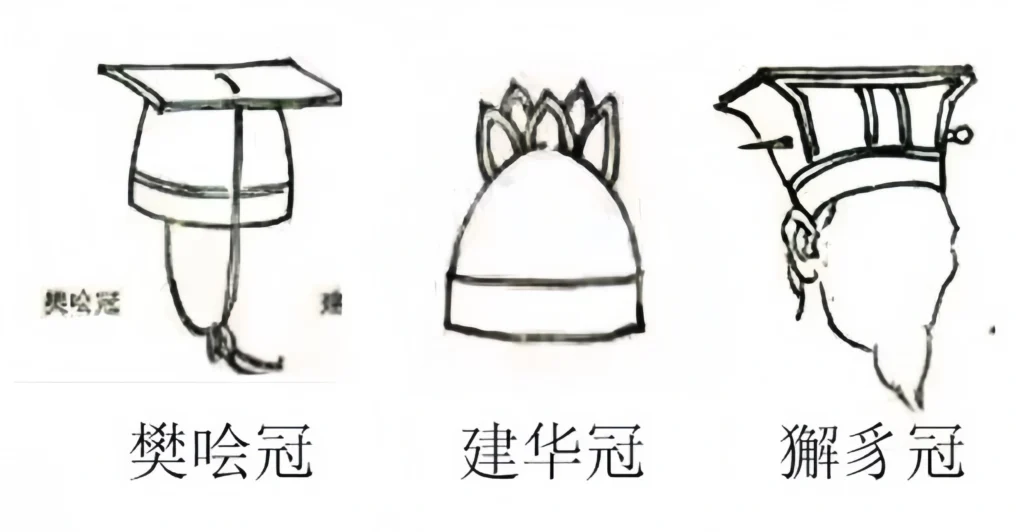
Unlike the Ming and Qing dynasties, where official ranks were distinguished by embroidered patches (birds for civil officials, beasts for military), the Han Dynasty used headwear to signify rank.
Women’s Hairstyles
Han women’s hairstyles were vibrant, including Shenxian ji (immortal bun), Yingchun ji (spring-welcoming bun), Lingyun ji (cloud-soaring bun), and Wangxian ji (gazing immortal bun). For example, the tongxin ji (concentric bun) was a round bun at the back, while the chuiyun ji (drooping cloud bun) featured long hair tied in a knot at the back. These names reflected Han beliefs in immortality and mysticism.

Women’s Hair Accessories
Buyao (swaying hairpins), ji (hairpins), chai (hair sticks), changti (long hairpins), guo (hair wraps), sheng (hair ornaments), and erdang (earrings).
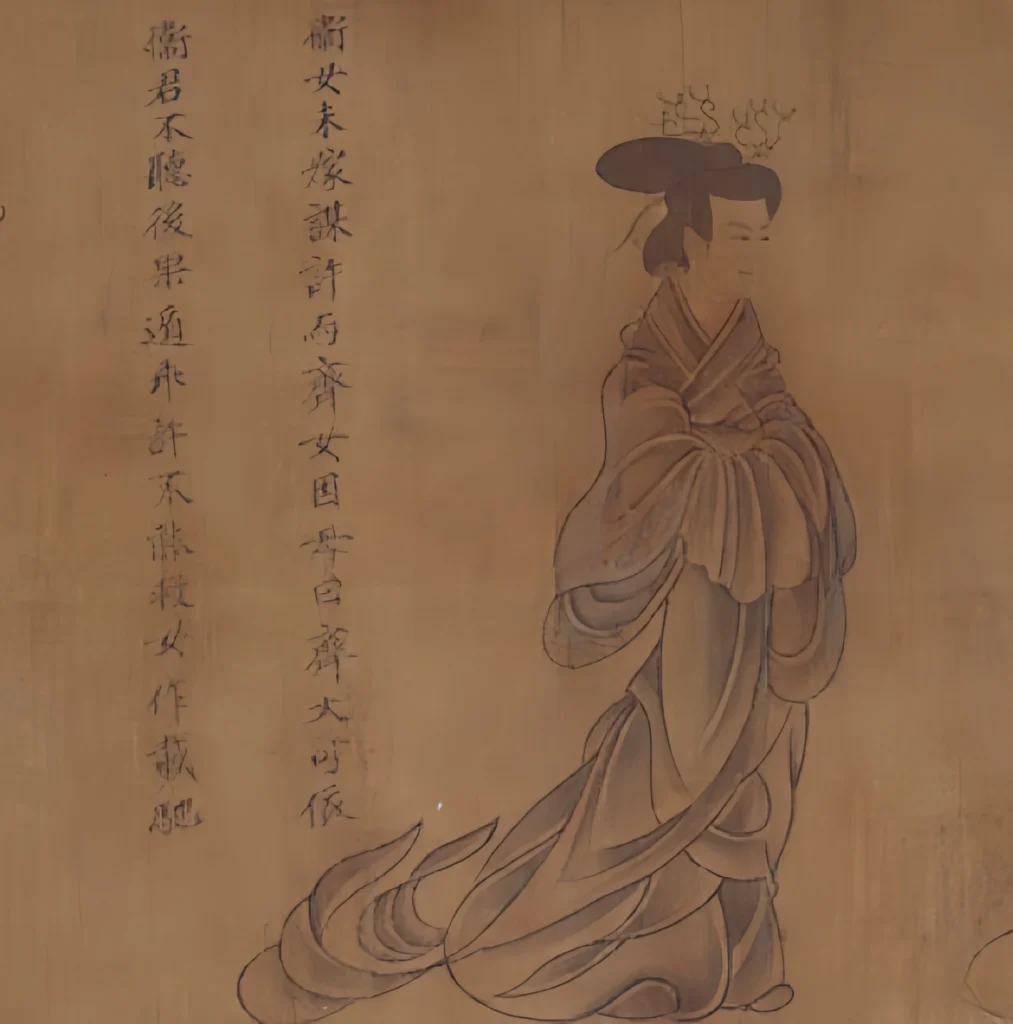

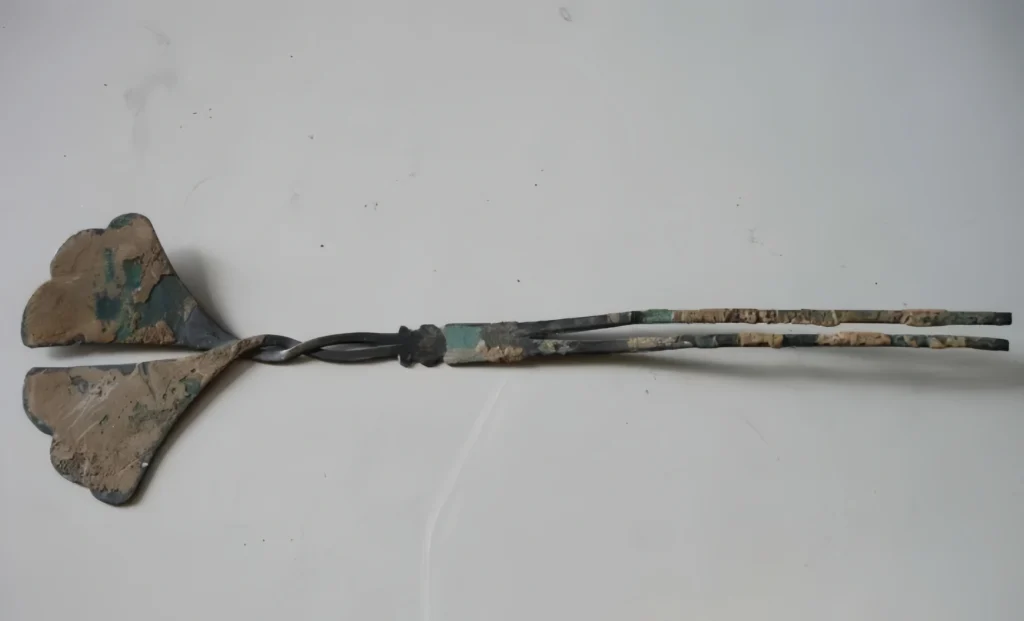

Men’s Headwear
Li (straw hats), mao (caps), guan (crowns), ze (headscarves), and mian (ceremonial crowns).
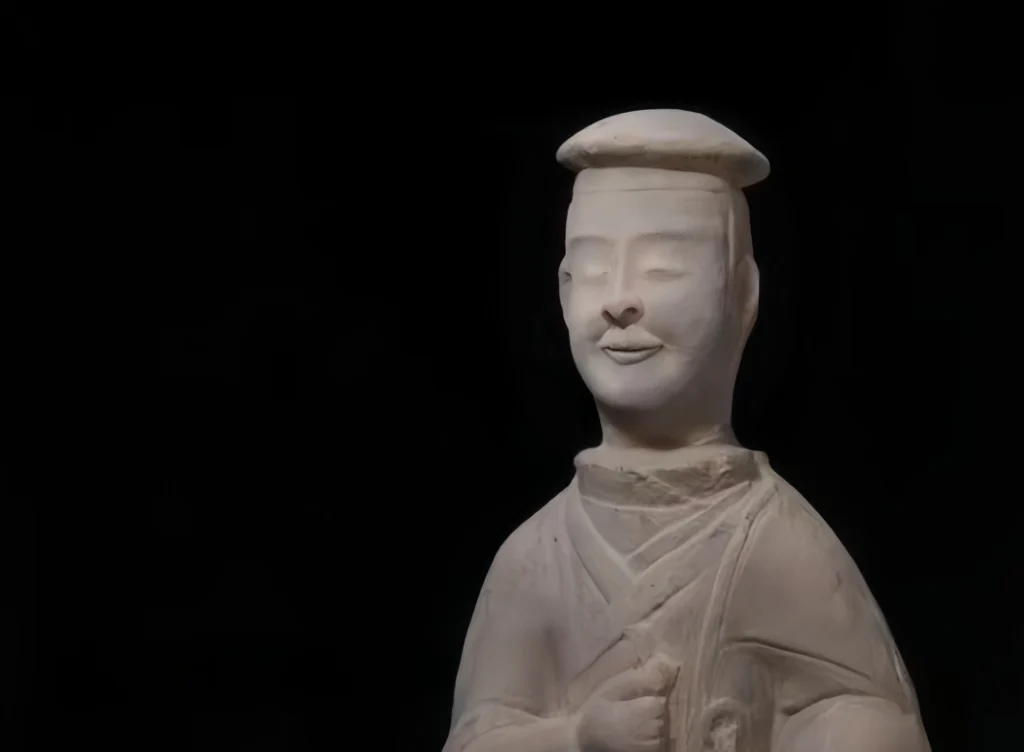
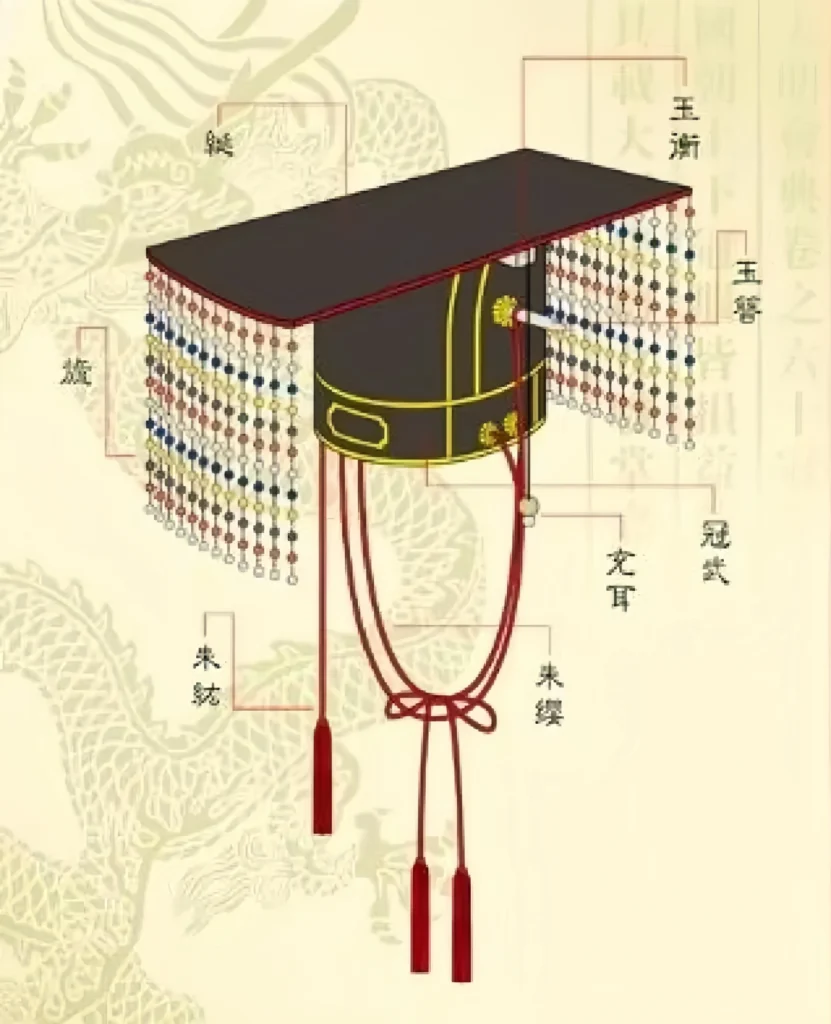
Men’s Accessories: Ribbons and Swords
Ribbons (shou) were both decorative and a marker of rank, paired with seals made of jade, gold, silver, or copper. The length, color, and weaving of ribbons varied by official rank. Han regulations required officials to carry seals in a waist pouch (pannang), with ribbons hanging visibly.

Ribbons could be tied at the waist (front or side) or stored in the pouch.
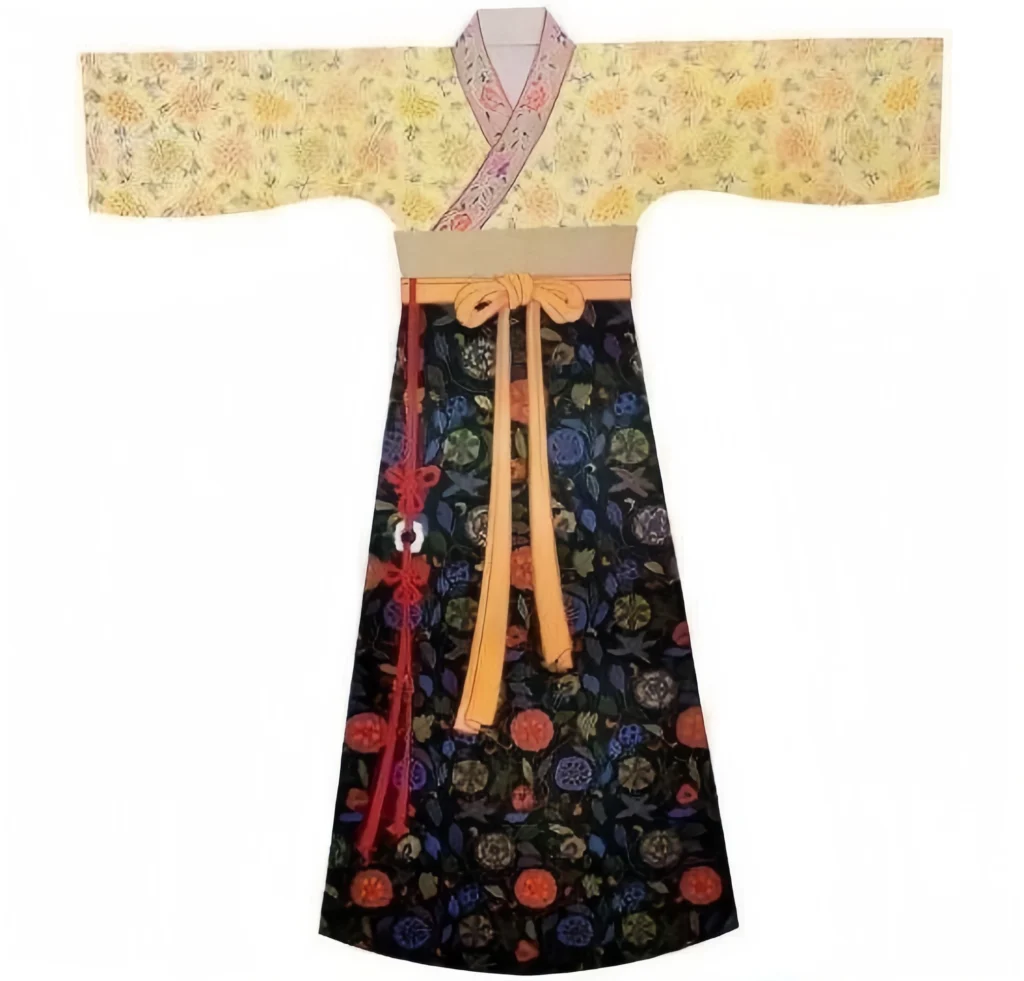
Han Footwear
Footwear included lü (shoes), ji (wooden clogs), and xue (boots), in shapes like square-toed, round-toed, or triangular. Materials were typically hemp or silk. Strict rules applied: xi (ceremonial shoes) for rituals, lü for court, and ji for outings. Brides wore painted wooden clogs with colorful ribbons.
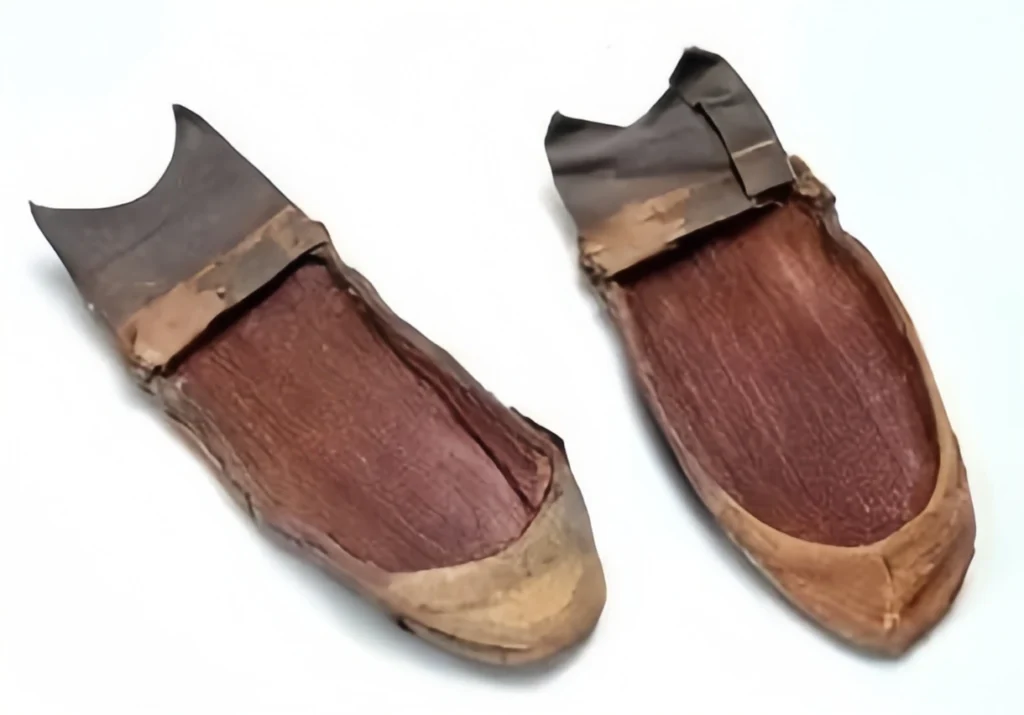
06. Han Dynasty Clothing: Ethnic Integration
On January 13, 495 CE (18th year of Taihe, Northern Wei), Emperor Xiaowen introduced sweeping Sinicization reforms, including:
Banning Xianbei clothing in favor of Han attire.
Prohibiting the Xianbei language, mandating Han Chinese as the sole language.
Requiring Xianbei people in Luoyang to register as Luoyang natives and be buried there, not in Pingcheng.
Changing Xianbei surnames to Han surnames.
Banning same-surname marriages among Xianbei and encouraging marriages with Han Chinese based on social status.

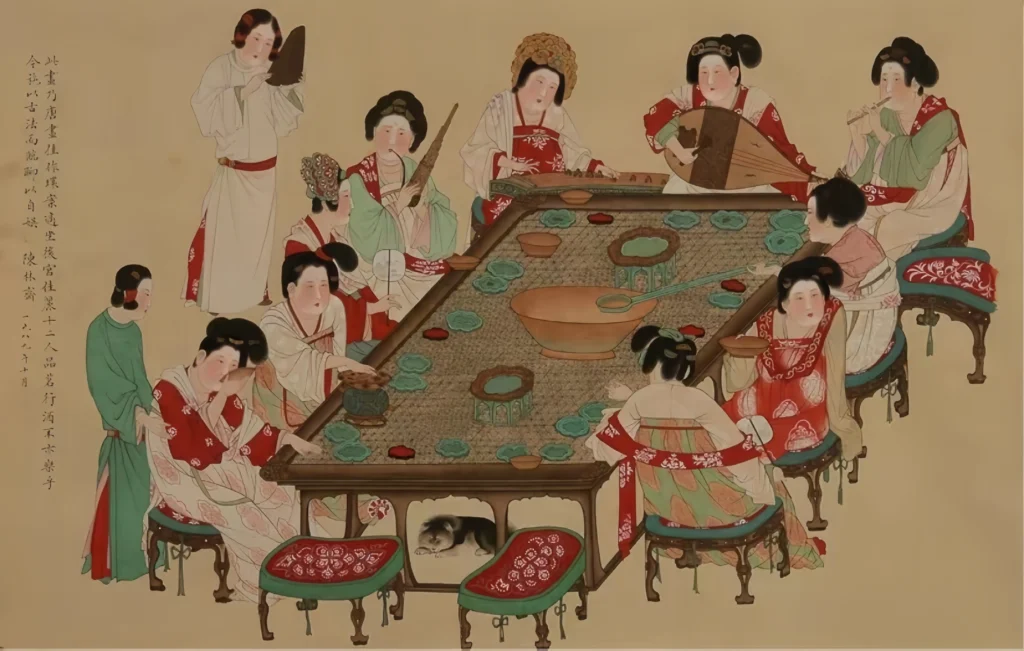

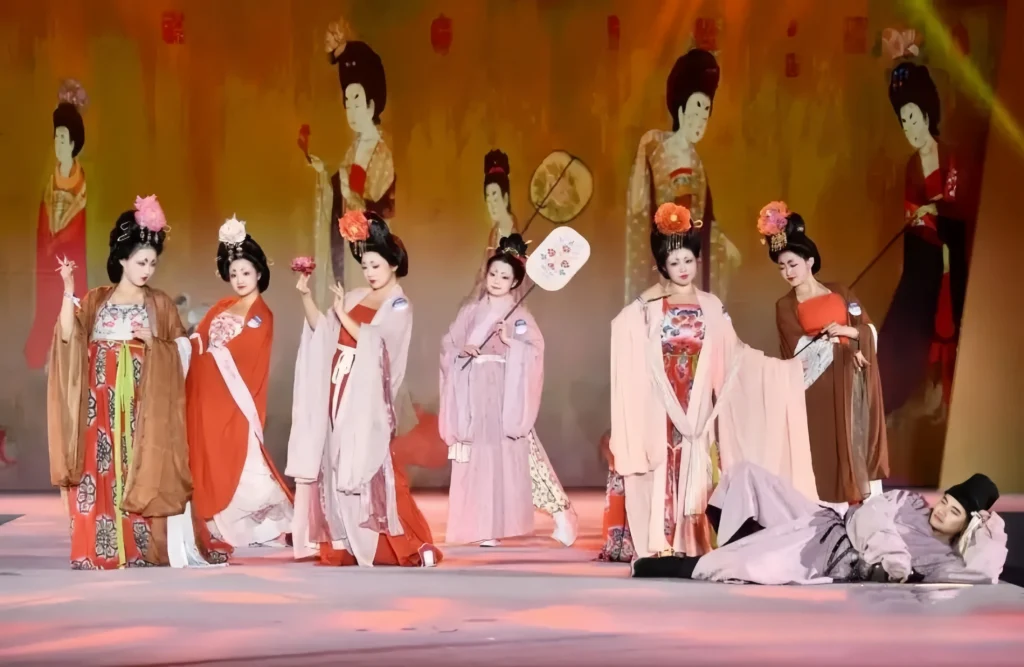
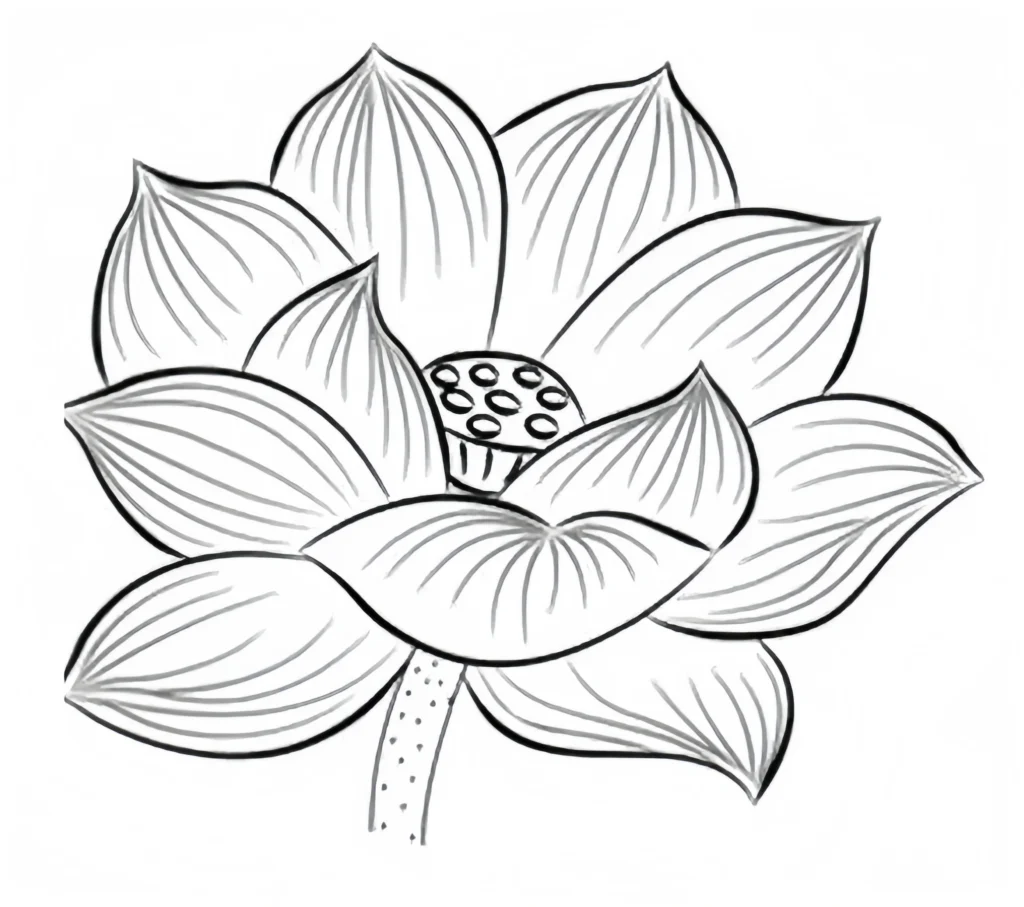
Responses